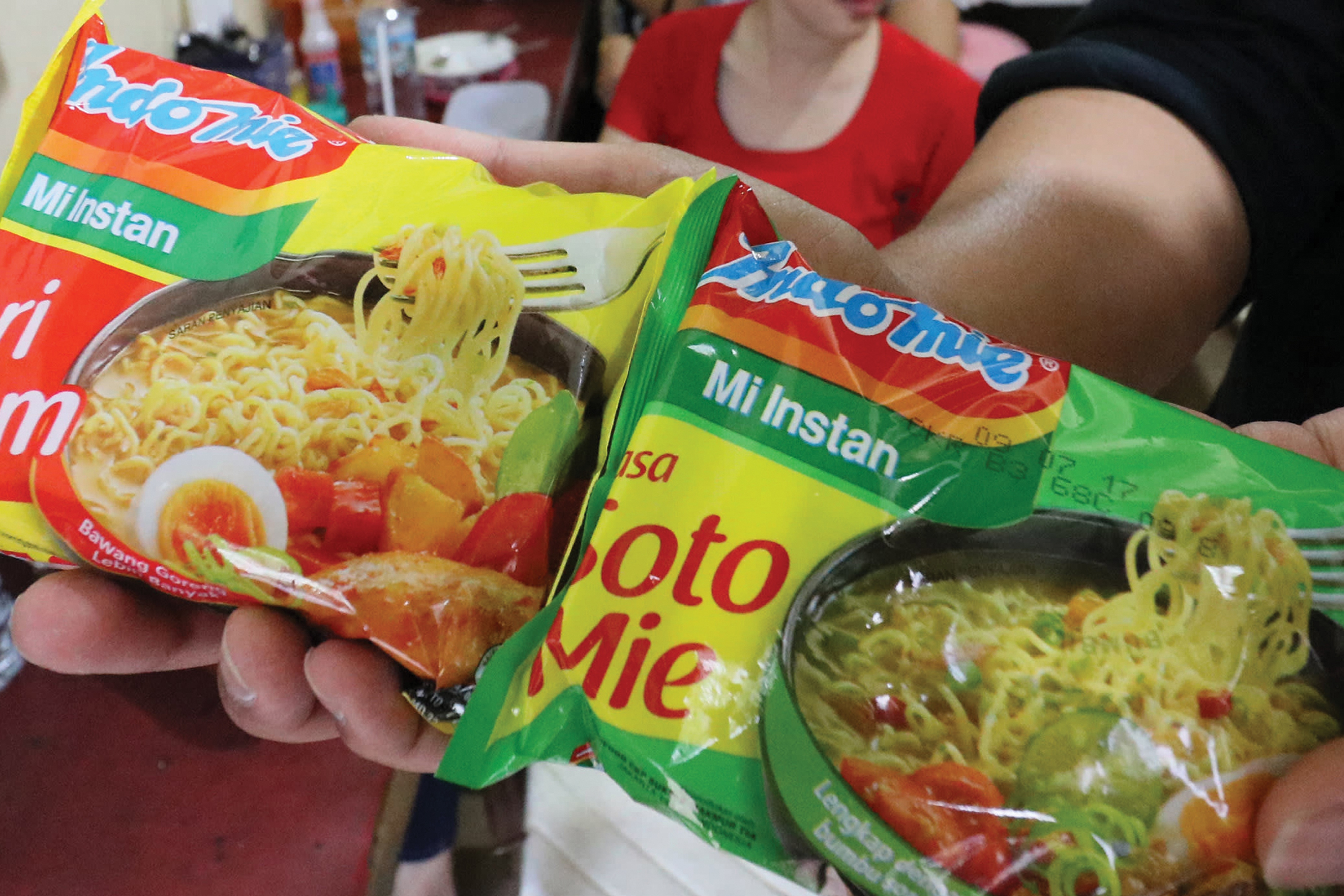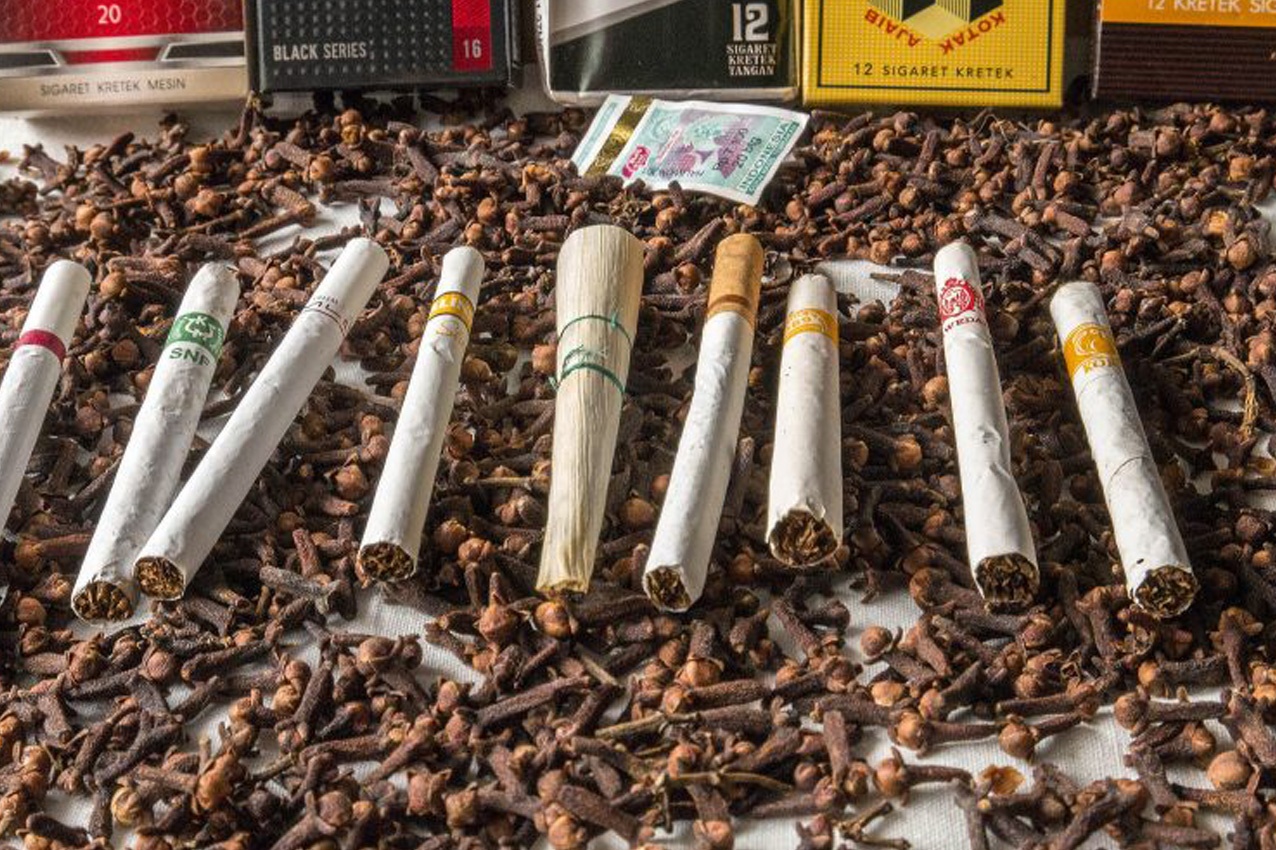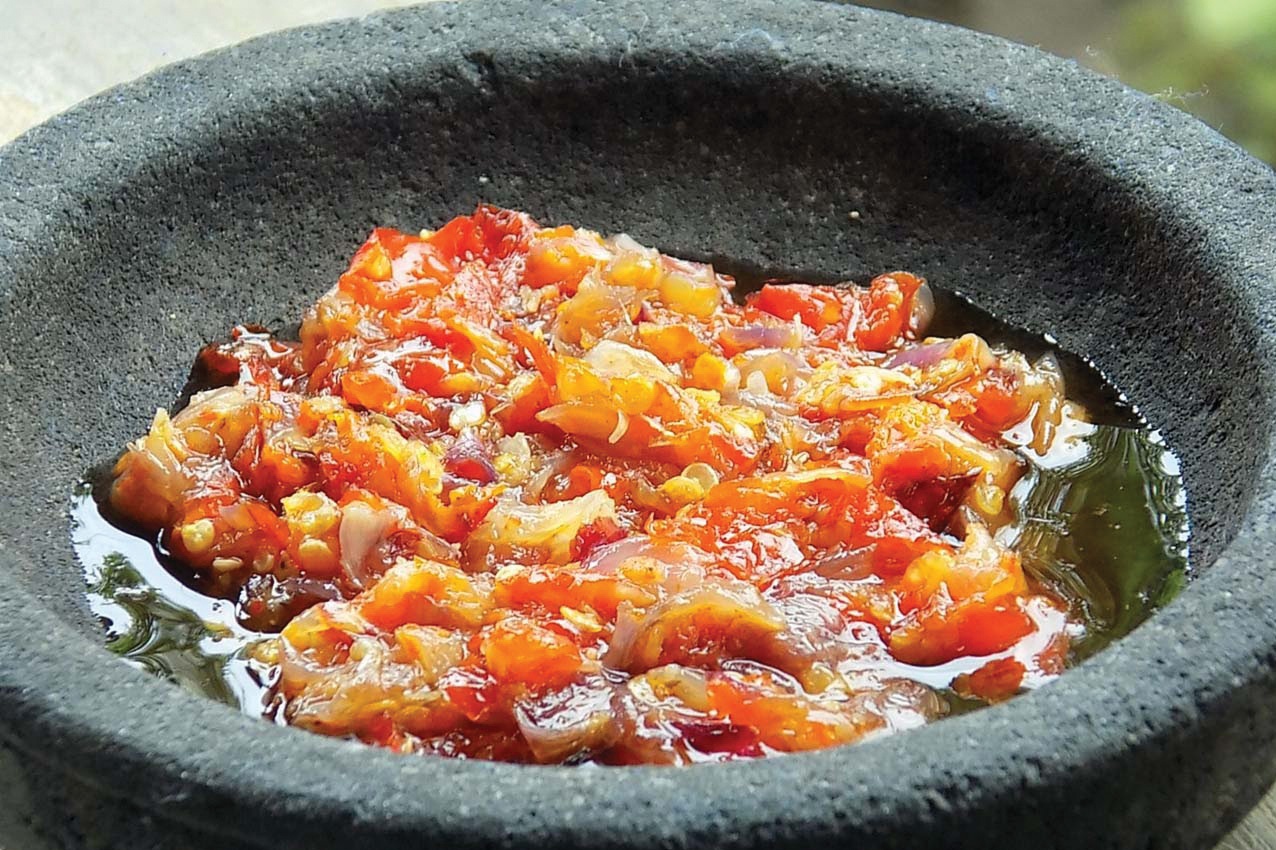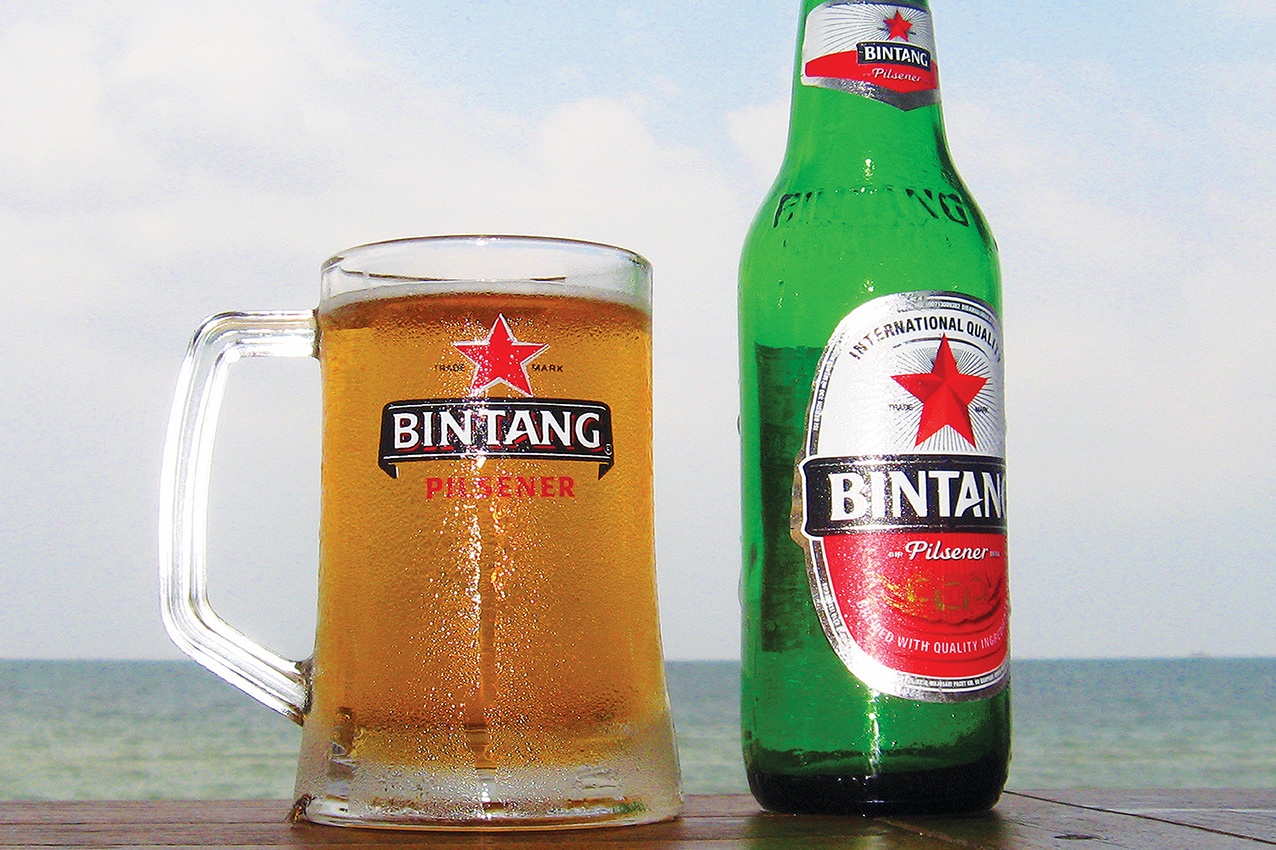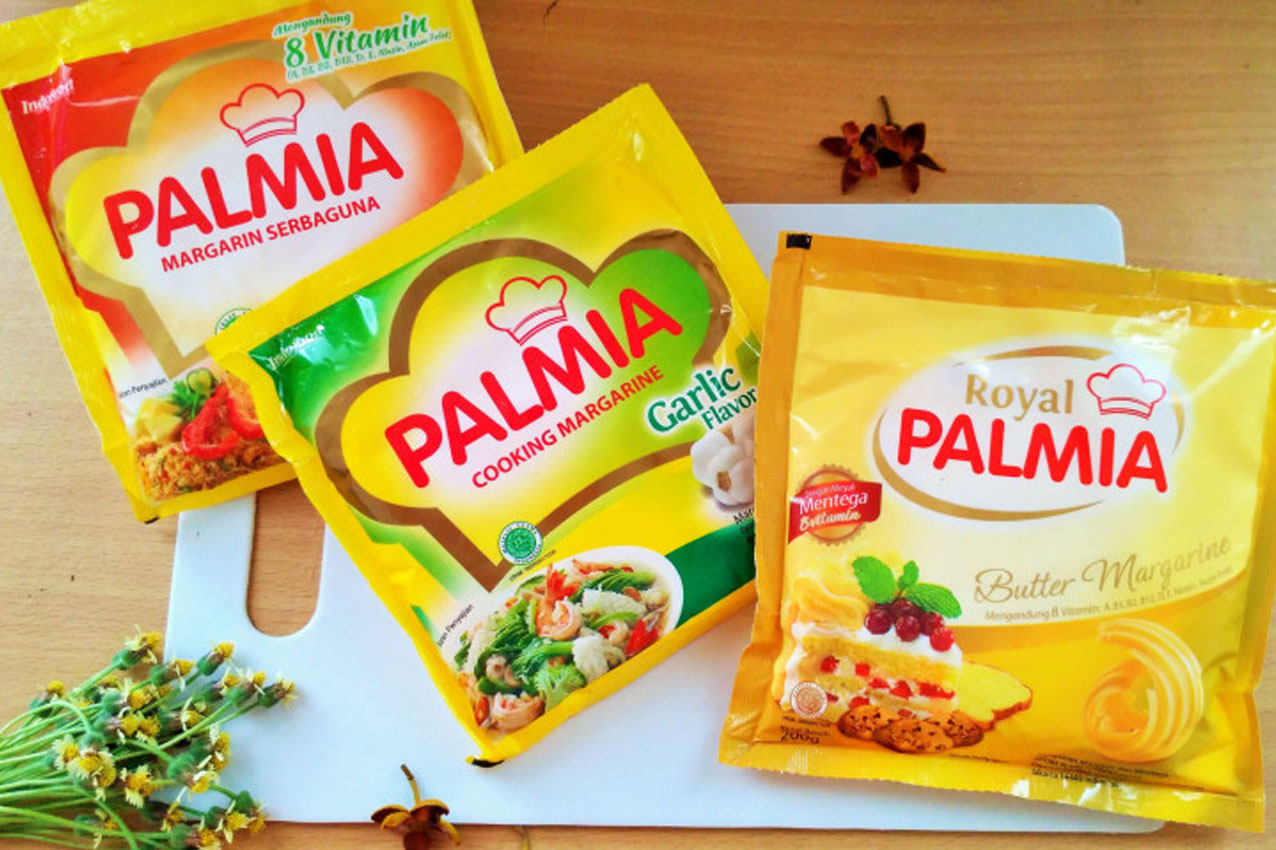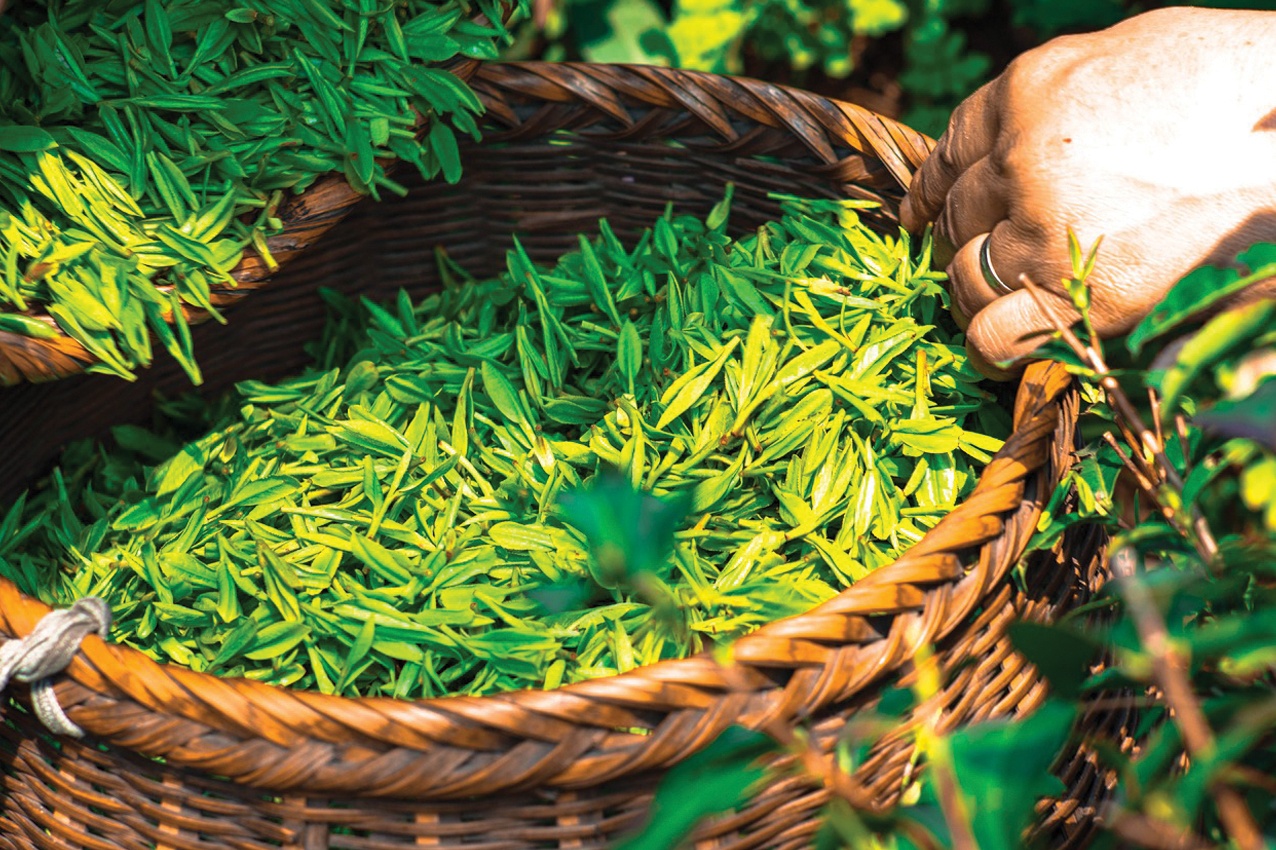Anyone who has set foot in Indonesia will be familiar with these local versions of products that expatriates learn to either delight in or sneer at. Some are an acquired taste, while others have a taste that never rises above repulsive. But all are evocative of daily life in the archipelago.
KRETEK
And the Lord said, “Let there be smoke…” And this was when Indonesia popped into existence. If you haven’t studied the statistics, you could be forgiven for thinking that everyone in Indonesia smokes (it’s actually a mere two-thirds of Indonesian men and countless children). The most popular type of cigarette is the clove-blended kretek. Wherever you find a group of bapak-bapak (older Indonesian gentlemen), you’ll find clouds of aromatic cigarette smoke, as well as hearing the crackle and pop of cloves igniting. When I first tried a kretek, I felt I had locked my lips around the funnel of a hurtling steam train whose furnace was being fed shovelfuls of stale, sweet spices. Not recommended for those who want working lungs in their old age.
SAMBAL
Chillies are scientifically proven to be addictive, and the ubiquity of Indonesia’s sambal sauce, especially the bottled variety, is testament to it. People dollop this thick orange liquid on everything, cauterising their food. Every nuance of taste on the tongue is then delivered with a sharp kick. Consequently, to face a meal without sambal is akin to a heroin addict gazing anxiously at an empty syringe. I got my first hit of sambal by lightly smearing the stuff on some pizza. There was no going back. Pizza without sambal – no matter how heavily laden with pepperoni and garlic – would forevermore taste like wheels of polystyrene.
BIR
The king of the Indonesian beers is Bintang (Star), a local version of Heineken. It is the go-to drink of those who like a glass or several of pilsner and aren’t too fussy what it tastes like. I must confess a partiality to this product. It was once pointed out to me that every photograph I had ever taken in Indonesia featured a bottle of Bintang in it somewhere. A quick investigation with a magnifying glass confirmed this revelation. It was spooky. Bottles of Bintang seemed to occupy the nooks and crannies of my existence when not actually piling up around me. Just why I attract Indonesia’s famous red-labelled alcoholic beverage is a mystery. I only hope this product does not succumb to calls for alcohol bans.
MARGARIN
In the UK there is a brand of margarine called ‘I Can’t Believe It’s Not Butter’. Indonesia has its own margarines (margarin), which, frankly, you won’t be able to believe aren’t the yellow plaque scraped off granddad’s denture plates. I’ve never met a single Westerner who likes this stuff and would not prefer to eat dry toast. There are a few international-oriented restaurants that sensibly advertise themselves as being free of local margarine. Seriously, it isn’t very nice. You’ll need to scoff a few durians to forget the experience.
TEH
In the same way that sausages are referred to as the sweepings of the abattoir floor, certain teas (teh) might reasonably be described as the sweepings from the tea plantation floors of Java. Tea leaves are generally sorted into grades after being harvested. The high-quality leaves are sold for export, ending up blended into expensive brands that are then imported back into Indonesia, while the low-quality leaves are sold to local manufacturers and end up in the nearest minimart. However, tea in this country is by default served so sweet that it tastes like liquid sugar – with no milk (take note Englishpersons) – and thus has little taste of actual tea.
COKELAT
Shopping at an upscale supermarket with an Indonesian friend, I encouraged him to select some chocolate. To my dismay, he pointed past every bar in the range of imported premium offerings from Switzerland and Holland, to the shelf selling a local brand. It was like he had chosen the booby prize – or opted for stale bread over fresh cream cakes. Certain ‘chocolate’ products taste fake at best. There’s a peculiar, haunting taste – as though each bar contains a ghost. Anyhow, so-called chocolate simply melts in this country once removed from an air-conditioned store. Then it’s like you’re eating chocolate paste, a slightly acrid paste in some cases.
OBAT SAKIT KEPALA
Has your head just exploded from an inability to assimilate? Local painkiller Paramex will fix it. Seriously, I’ve never had a headache (sakit kepala) that this brand of tablets has failed to alleviate. An international advertising agency devised the slogan ‘Paramex: End the Pain’, which sounds a lot like an action movie title. Indeed, it evokes an image of Sylvester Stallone wrestling the pain from your head. In the West, Paramex might well be a prescription-only medicine (obat). Though I’m only basing this on its apparent strength. A combination of paracetamol and propyphenazone, Paramex also contains caffeine, so there’s no need for a cup of coffee once your headache’s gone.
MIE INSTAN
If you can’t afford a feeble loaf of dubious bread, a bunch of bruised bananas or packet of sugar-laden biscuits, don’t despair. Everyone can afford instant noodles (mie instan), which start from a mere Rp2,500 (18 cents) per pack. The noodles are usually made from wheat flour, palm oil and a petroleum-derivative additive to stop the oil from going rancid. Their little plastic sachets of seasonings are hell for the environment and hell for the tastebuds – unless you’ve been raised to prefer this stuff to healthy food. Masochists can search for a YouTube video that shows how the stomach struggles to digest this stalwart Indonesian staple.




